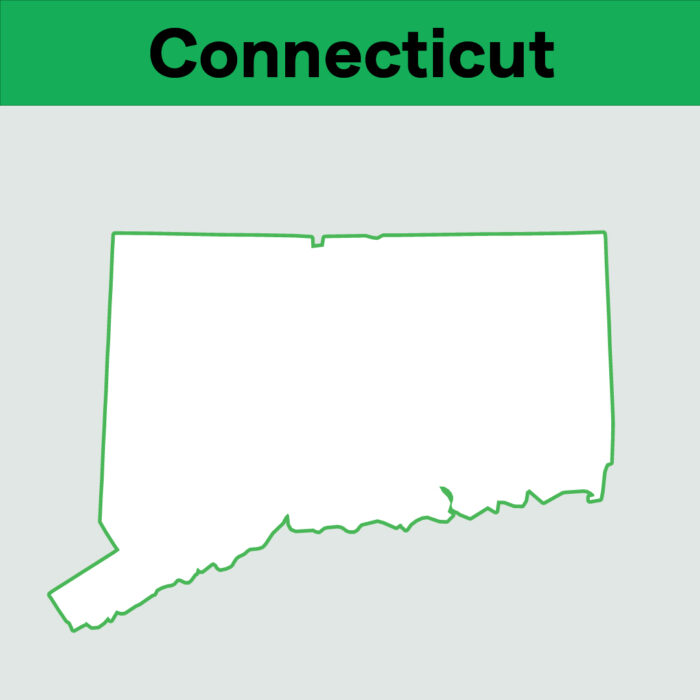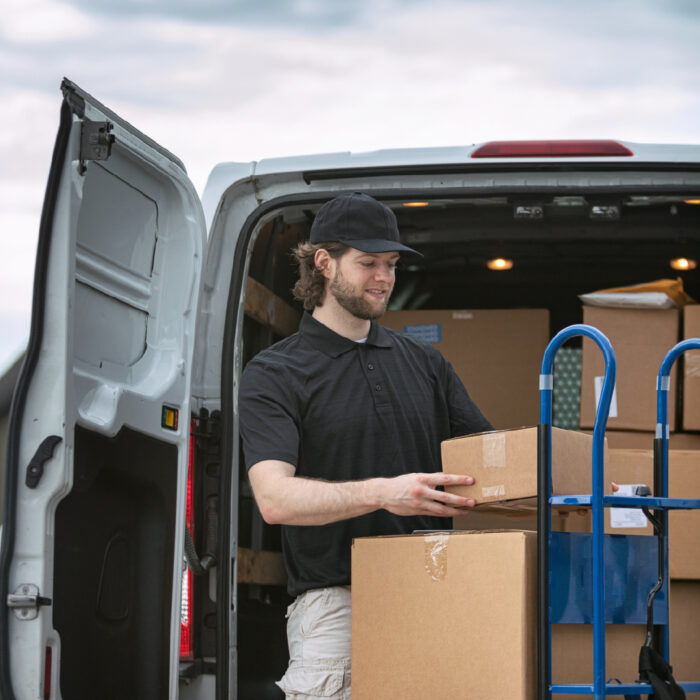Should digital-first brands open brick-and-mortar stores?
by November 16, 2024
Direct-to-consumer (DTC) brands are an important part of the fabric of the digital retail economy, many of which delight consumers with a single-minded focus on one type of product, from unique breakfast cereals to sunglasses and apparel. These brands sometimes grow so quickly that a logical next step might seem like a physical location, which is what more and more digital-native brands have done.
But is brick-and-mortar a fit for every DTC brand? How could a physical location help your company grow, and what are the potential downsides? We spoke to Aja Singer, a brand strategy consultant and creator of the Substack newsletter For the Love (and a former Creative Director of a DTC women’s workwear brand) to learn more about what digital-first brands need to know about opening a brick-and-mortar location.
Prepare to invest in people… and more product
Pop quiz: what do Warby Parker and Bonobos have in common? Don’t worry, this won’t be graded. “They were some of the earliest companies in DTC,” Singer says. “They both began opening up stores a couple years in. At the time, they saw it as more of a marketing expense as opposed to a traditional retail store where you’re investing in inventory specific to that space.”
With the cost of digital ads increasing significantly, opening a store could be a more cost effective way of increasing brand awareness in different cities. “Discovery has become more difficult and more expensive online,” she says. “What’s the alternative other than to go back to IRL?”
That said, you can’t just snap your fingers and a store appears. It’s not a coincidence that it took some of the more mature brands in the space to have the financial wellbeing and know-how to coordinate a physical retail store. Inventory knowledge is a large component.
“Inventory management is a big differentiator between DTC brands versus a traditional retail brand,” Singer notes. “[Digital-first brands] also require less staff when you’re not holding a lot of inventory.” Some of the efficiencies a company might see from a lower headcount and less inventory disappear when you open a physical store. But there are also many benefits.
Apparel DTC brands may be uniquely positioned to find success with a physical store
One of the most enjoyable aspects of buying clothing online is finally getting the package in the mail and finally laying hands on your selections. One of the least enjoyable is realizing you waited a week or two to try on something that doesn’t fit. You can see why having a physical store might be attractive to DTC apparel brands like Bonobos, Vuori and Indochino.
“Apparel is uniquely problematic in that sizing is hard,” Singer says. “It’s inconsistent between brands, so people often don’t know what size they are in your brand. Returns are also very expensive for apparel brands.” Multiple physical locations could potentially lower the number of returns – Indochino, for example, has 70+ locations spread out across the country. “It benefits them if they have a high concentration of customers in a certain area or city for them to have a location for people to come in and try things on,” she says.
While potential walk-in customers can purchase ties and pocket squares at Indochino’s custom men’s clothing shop, any other clothing a customer is interested in is later delivered to their home. Similarly, Bonobos, a men’s apparel brand that’s since been acquired by Walmart, originally didn’t allow any purchases at their store. Instead, it was focusing on fitting customers for clothes – but it’s since allowed them to pick up apparel at the store and take it home.
The way digital-native companies are using physical spaces will likely continue to shift as brands figure out what’s most helpful to their customers. “I’ve experienced shopping with someone who was frustrated in a Bonobos store because they didn’t realize they couldn’t walk away with an item of clothing,” Singer says. “They don’t hold inventory, but it makes sense for them. If someone is looking to walk away with something, then that’s not their customer.”
The store can also attract new customers that may not have heard of your business before. “Inevitably, if you have a storefront on a high-traffic street, people are going to walk in and be interested,” Singer explains. “You’re going to get new eyeballs on your brand, which is ideal. But as with any brand extension, you should be focusing on serving your existing customers, and other people will come.”
Companies can dip their toe into a brick-and-mortar with a pop-up shop
The idea of opening a physical location might seem like a stretch for a start-up retail brand just trying to gain a foothold in the market. “Most retail spaces require at least a 5-10 year lease, so you need to be a pre-established DTC brand to make that work,” Singer says. But that doesn’t mean a brick-and-mortar location is completely off limits. Enter: the pop-up shop.
The pop-up shop offers brands a chance to attract current and potential customers with a new experience. “It’s really very important to figure out how you translate your brand into the real world,” Singer notes. “A lot of these brands have been built entirely in the digital space and have not manifested in real life at all. How do you create that brand consistency but also bring something new to the table? A lot of your shoppers are going to be comfortable shopping online, so why would they come into the store? Are there interesting events and chances to build community? The opportunities are endless.”
Singer cites the beverage maker Recess as a non-apparel brand that’s opened temporary spaces to great effect, “even though no one needs to try on a drink, and there’s no sizing issues,” she jokes. But it’s still been valuable for them to open a store. “[Mattress retailer] Casper sells a high-value item, and because you’re asking the customer to spend a lot of money, creating an experience around that is beneficial. But for a beverage, it doesn’t require that amount of consideration.”
So how did they find success? “Brands like Recess are using retail spaces as a brand-building and community-building space. They’re selling merch and other items exclusively available there, and making that retail space into more than just a store.” It’s no coincidence that everything from the lighting to the apparel in one of their pop-ups effectively translated their social media-friendly aesthetic into the real world. While a pop-up store is on a much, much smaller scale, it’s similar to how Harry Potter and Star Wars have adapted a two-dimensional silver-screen experience into immersive theme parks.
Singer says that if your business can use a retail space as more than just a sales channel, it could be an effective marketing tool. “For early-stage startups in their first one to three years, I think they should be experimenting with pop-up shops,” she explains. “Even if it’s a long-term pop-up [with a lease that’s] six months to a year, it still makes sense. And if it generates enough revenue that you think you can sign a longer lease, that’s amazing.”
But Singer notes that there are some considerations your company should make before diving in headfirst. “You need to be so agile in the beginning, and you’re making so many tweaks to the business, the strategy, and even the product sometimes,” she says. “You need to have all of that fully ironed out before you’re committing to opening up a store.”
Because many DTC brands already use partnerships to find new customers, it makes sense that it could also help those brands looking to participate in experiential marketing. That seems to be the idea behind a new kind of store featuring digital-native food and beverage companies.
“Pop Up Grocer is bringing a lot of those brands together and popping up in different cities,” Singer notes, while also citing Showfields and its locations in New York, Miami, and Los Angeles. “That’s an interesting model. You’d have to commit a lot of energy, manpower and creativity to build a space around an item like a beverage. It’s certainly more effective to do that in conjunction with others.”
Sales tax compliance is important for both digital-only brands and physical retailers
Whether your company is opening multiple brick-and-mortar locations or just growing your online business, it’s important to consider the sales tax implications. TaxJar’s sales tax compliance platform will help track your tax obligations and automatically calculate the accurate amount of sales tax for every item, in every state. Our platform also compiles orders from all your e-commerce channels into one place, giving your team access to real-time reports and ensuring you are prepared for growth. To get started with TaxJar, start a free 30-day trial.








